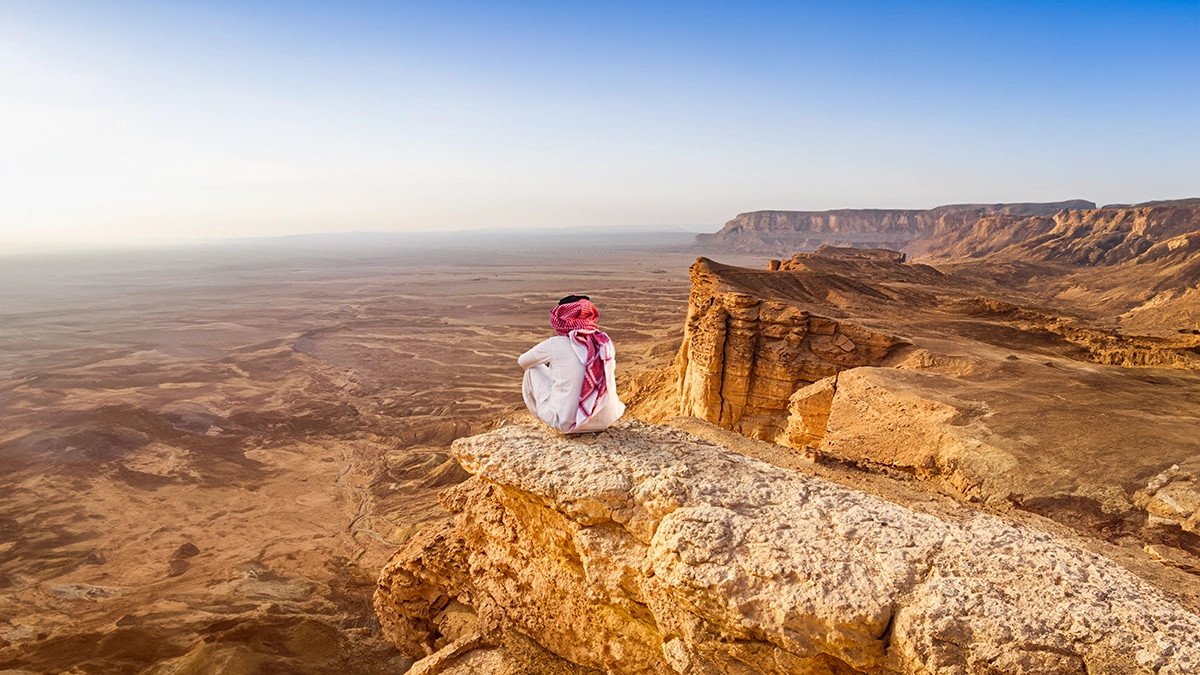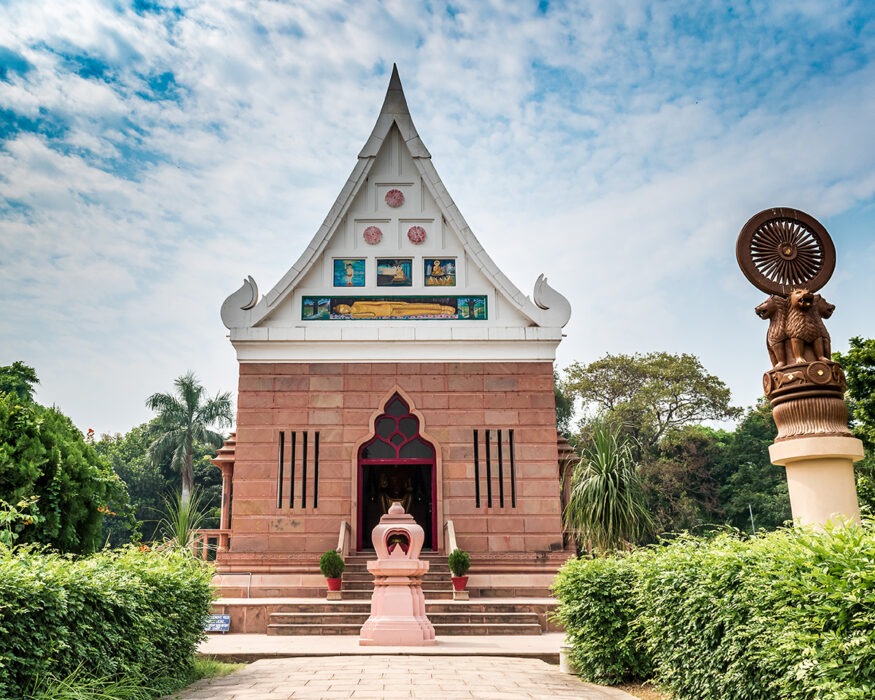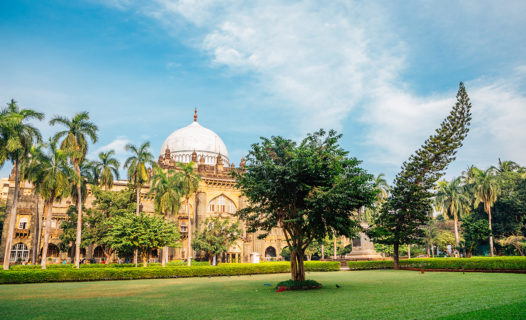Welcome to Varanasi: A Spiritual Haven
Varanasi, one of the oldest living cities in the world, is a treasure trove of spirituality and culture. Nestled along the banks of the sacred Ganges River, this city is not just a destination; it’s a pilgrimage for millions. Revered as the spiritual heart of India, Varanasi holds a special place in Hindu culture, where the divine meets the earthly in a mesmerizing dance of rituals, prayers, and timeless traditions.
As you wander through its narrow lanes, you’ll find yourself surrounded by the echoes of ancient chants and the vibrant colors of life that fill the streets. The city is a kaleidoscope of experiences, from the mesmerizing evening aarti at the ghats to the serene moments of reflection by the river. In this guide, we’ll take you on a journey through the best temples in Varanasi, highlighting not only the famous ones but also some hidden gems that often escape the attention of travelers. Prepare to immerse yourself in the spiritual essence of this city, where every temple tells a story and every corner beckons you to explore.
Discovering the Best Temples in Varanasi
When it comes to temples in Varanasi, the city boasts a plethora of magnificent structures, each with its own unique history and significance. Among the most famous temples is the Kashi Vishwanath Temple, dedicated to Lord Shiva. This temple is not just a place of worship; it’s a symbol of faith and resilience, having been rebuilt multiple times throughout history. The moment you step into its sanctum, you can feel the energy pulsating around you, as devotees offer their prayers and seek blessings.
Another must-visit is the Shri Durga Temple, known for its striking red color and intricate architecture. This temple is dedicated to Goddess Durga and is believed to be one of the Shakti Peethas, where the goddess is worshipped in her fierce form. As you explore its surroundings, don’t miss the chance to witness the local rituals that take place here, adding to the temple’s vibrant atmosphere.
But Varanasi is not just about the famous temples. There are countless lesser-known temples that offer a more intimate experience away from the crowds. For instance, the Alamgir Mosque, with its stunning architecture and serene ambiance, often goes unnoticed by tourists. It’s an excellent spot for those looking to appreciate the confluence of different cultures and religions that define Varanasi.
For a deeper dive into the temple culture, check out our guide on the Magical Temple Tour in Varanasi, where we highlight more hidden gems and provide tips for making the most of your visit.
A Day of Temple Hopping: Itinerary for Spiritual Explorers
Ready to hit the ground running? Here’s a suggested Varanasi temple tour itinerary that will help you make the most of your day while soaking in the spiritual vibes of the city.
Morning: Start with Kashi Vishwanath Temple
Begin your day early by visiting the Kashi Vishwanath Temple at around 4:00 AM to witness the morning rituals. The temple opens at this hour, and the tranquility of the early morning adds a magical touch to your experience. After offering your prayers, take a moment to absorb the serene atmosphere.
Breakfast at a Local Eatery
After your visit, head to a nearby eatery for a traditional breakfast. Try the local delicacy, kachori-sabzi, paired with a refreshing glass of lassi. It’s the perfect way to fuel up for your temple-hopping adventure!
Mid-Morning: Shri Durga Temple
Next, make your way to the Shri Durga Temple. Aim to arrive by 9:00 AM, when the temple is buzzing with activity. Take your time to explore the temple grounds and interact with the local devotees, who are always eager to share stories and insights about their faith.
Lunch Break
For lunch, indulge in the local cuisine at one of the many street food stalls. Don’t miss out on trying chaat or puri bhaji, which are popular among both locals and tourists.
Afternoon: Explore Lesser-Known Temples
Post-lunch, venture to some of the lesser-known temples such as the Bhagwan Vishwanath Temple or the Kal Bhairav Temple. These spots are often quieter, allowing for a more personal experience. Remember to check the timings; many of these temples close in the afternoon, so plan accordingly!
For more detailed timings and tips on your Varanasi travel itinerary, you can refer to our guide on Sarnath Temple Timings and Tips.
Evening: Sunset at the Ghats
As the sun begins to set, make your way to the ghats for the evening aarti. This mesmerizing ritual at Dashashwamedh Ghat is a sight to behold, with thousands of lamps illuminating the river and the sound of bells ringing in harmony. It’s a perfect way to end your day of temple hopping, surrounded by the spiritual energy that Varanasi is known for.
Varanasi Ghats: The Gateway to Spirituality
As you explore the sacred city of Varanasi, you simply can’t miss its stunning ghats. These steps leading down to the Ganges River are not just picturesque; they are alive with rituals, spirituality, and the essence of life itself. Each ghat has its own unique character and significance, making them essential stops on your Varanasi temple tour.
Dashashwamedh Ghat: The Heart of Spiritual Activities
Start your ghat exploration at Dashashwamedh Ghat, the most famous ghat in Varanasi. This bustling spot is renowned for the evening aarti, a mesmerizing ceremony where priests perform rituals with fire and music, creating an atmosphere that’s nothing short of magical. Arrive early to secure a good spot and soak in the anticipation as the sun sets, casting a golden hue over the river and the devotees.
Manikarnika Ghat: A Place of Liberation
Next, head to Manikarnika Ghat, known as the primary cremation ghat. This ghat holds profound significance in Hindu culture, as it is believed that those who are cremated here attain moksha, or liberation from the cycle of rebirth. While it may seem somber, witnessing the rituals here offers a deep understanding of life and death in Varanasi. Respect the solemnity of the place, and take a moment to reflect on the cycle of existence.
Rituals at the Ghats
The ghats are alive with rituals throughout the day. From morning baths to evening prayers, you’ll see locals and pilgrims alike performing puja (worship) and taking part in cleansing rituals. Don’t hesitate to join in or simply observe; it’s a beautiful way to connect with the spiritual energy that permeates the air. Capture these moments with your camera, but be mindful and respectful of the local customs.
For more insights into the ghats and their rituals, check out our article on Experience Varanasi at the Festival of Lights, where we delve deeper into the cultural significance of these sacred sites.
Architectural Wonders: Varanasi Temple Architecture
Varanasi is not just about spirituality; it’s also a showcase of stunning architecture. The temples here reflect a blend of styles, from ancient to modern, each telling a story of the city’s rich history. As you visit the best temples in Varanasi, take a moment to appreciate the intricate carvings, towering spires, and unique designs that make these structures truly remarkable.
Distinctive Styles of Temple Architecture
The architecture of Varanasi temples features a mix of North Indian and Dravidian styles. The Kashi Vishwanath Temple, for instance, showcases a blend of intricate carvings and a golden dome, representing the divine. On the other hand, the Shri Durga Temple stands out with its vibrant red color and elaborate sculptures, making it a visual feast for visitors.
Take time to compare these styles with temples in other Indian cities. For example, the temples in Khajuraho are famous for their erotic sculptures, while those in South India, like the Meenakshi Temple in Madurai, are known for their towering gopurams (gateway towers). This comparison enhances your appreciation of Varanasi’s unique architectural identity.
For a more in-depth look at the architectural marvels of Varanasi, explore our guide on the Magical Temple Tour in Varanasi.
Culinary Delights: Exploring Varanasi Local Cuisine
No visit to Varanasi is complete without indulging in its mouthwatering local cuisine. The city is a paradise for food lovers, offering a delightful array of street food and traditional dishes that will tantalize your taste buds.
Street Food Adventures
Start your culinary journey at the bustling streets near the temples and ghats. Don’t miss trying kachaudi with aloo sabzi for breakfast, a local favorite. For lunch or a snack, grab some chaat, a popular street food made of crispy fried dough, tangy chutneys, and fresh vegetables. It’s a burst of flavors in every bite!
Dining in Varanasi
If you’re looking for a more traditional dining experience, head to one of the many local restaurants. Try the Benares thali, which offers a variety of dishes on a single platter, allowing you to sample the best of Varanasi’s culinary offerings. Pair your meal with a refreshing glass of lassi, a yogurt-based drink that’s perfect for cooling down after a day of temple hopping.
For more food recommendations, check out our guide on Fun at the Buddha Temple in Varanasi, where we highlight local dining experiences that complement your spiritual journey.
Festivals and Events: Celebrating Varanasi’s Cultural Heritage
Varanasi is a city that thrives on festivals, each one an opportunity to witness the rich cultural heritage of the region. If you’re planning a visit, aligning your trip with one of these vibrant celebrations can enhance your experience.
Major Festivals to Experience
One of the most significant festivals is Ganga Mahotsav, celebrated in November, which includes cultural performances, boat races, and rituals along the ghats. Another major event is Mahashivaratri, dedicated to Lord Shiva, where thousands flock to the Kashi Vishwanath Temple to participate in night-long vigils and prayers.
These festivals not only offer a glimpse into the local traditions but also provide a chance to interact with locals and fellow travelers. Make sure to check the festival calendar when planning your trip to catch the festivities in full swing!
For a detailed festival calendar and tips on how to make the most of your visit during these celebrations, refer to our article on Spiritual Weekend at Sarnath’s Buddha Temple.
Practical Information for Travelers: Tips and Guidelines
As you prepare for your adventure in Varanasi, here are some essential tips to keep in mind to ensure a smooth and enjoyable experience.
Temple Timings and Etiquette
Most temples in Varanasi open early in the morning and close by late evening. It’s best to check the specific timings for each temple you plan to visit. When entering temples, dress modestly and remove your shoes, as a sign of respect. Engaging with the locals can provide valuable insights into customs and rituals.
Transportation Tips
Getting around Varanasi is relatively easy. Auto-rickshaws and cycle-rickshaws are popular options for short distances, while boats can be hired for a unique view of the ghats from the river. Always negotiate fares before hopping in to avoid any surprises!
For more transportation details and tips, don’t forget to check our guide on Hotels near Shri Kashi Vishwanath Temple, where you can find convenient lodging options close to the temple.
Seasonal Travel Insights: Best Time to Visit Varanasi
Choosing the right time to visit Varanasi can greatly enhance your experience. The best seasons are typically from October to March, when the weather is cooler and more pleasant for exploring the temples and ghats. Avoid the peak summer months, as the heat can be quite intense.
During the winter months, you can also enjoy the vibrant festivals that take place, adding an extra layer of excitement to your visit. Make sure to check the local calendar for events during your stay!
Safety and Health Guidelines for Temple Visitors
Your safety and health should always be a priority while traveling. Stay hydrated, especially during the warmer months, and be cautious when consuming street food. It’s wise to carry hand sanitizer and be mindful of your belongings in crowded areas.
As you explore the temples and ghats, be respectful of local customs and practices. Engaging with the community in a courteous manner can lead to enriching experiences.
Commonly Asked Questions: Your Varanasi Temple Queries Answered
As you prepare for your temple hopping adventure, you might have some questions. Here are a few common queries:
What are the rituals performed at the temples?
Each temple has its own set of rituals, often involving offerings, prayers, and ceremonies conducted by priests. Visitors are welcome to participate or observe respectfully.
Can I take photographs inside the temples?
Photography rules vary by temple. While some allow photography, others may prohibit it, especially during rituals. Always ask for permission and be respectful of the sacred space.
Fun Facts about Varanasi Temples and Ghats
Did you know that Varanasi is often referred to as the "City of Light"? It’s believed that those who die in Varanasi attain liberation. The city is also home to over 2,000 temples, making it a true spiritual haven!
Another interesting tidbit: the Ganges River is considered the holiest river in India, and taking a dip in its waters is believed to cleanse sins. The ghats are a bustling hub of activity, with countless stories and legends woven into their history.
So, are you ready to experience the spiritual charm of Varanasi? Every temple, ghat, and street corner has a story to tell, waiting for you to uncover it. Dive into this enchanting city, and let its magic unfold before your eyes!





















